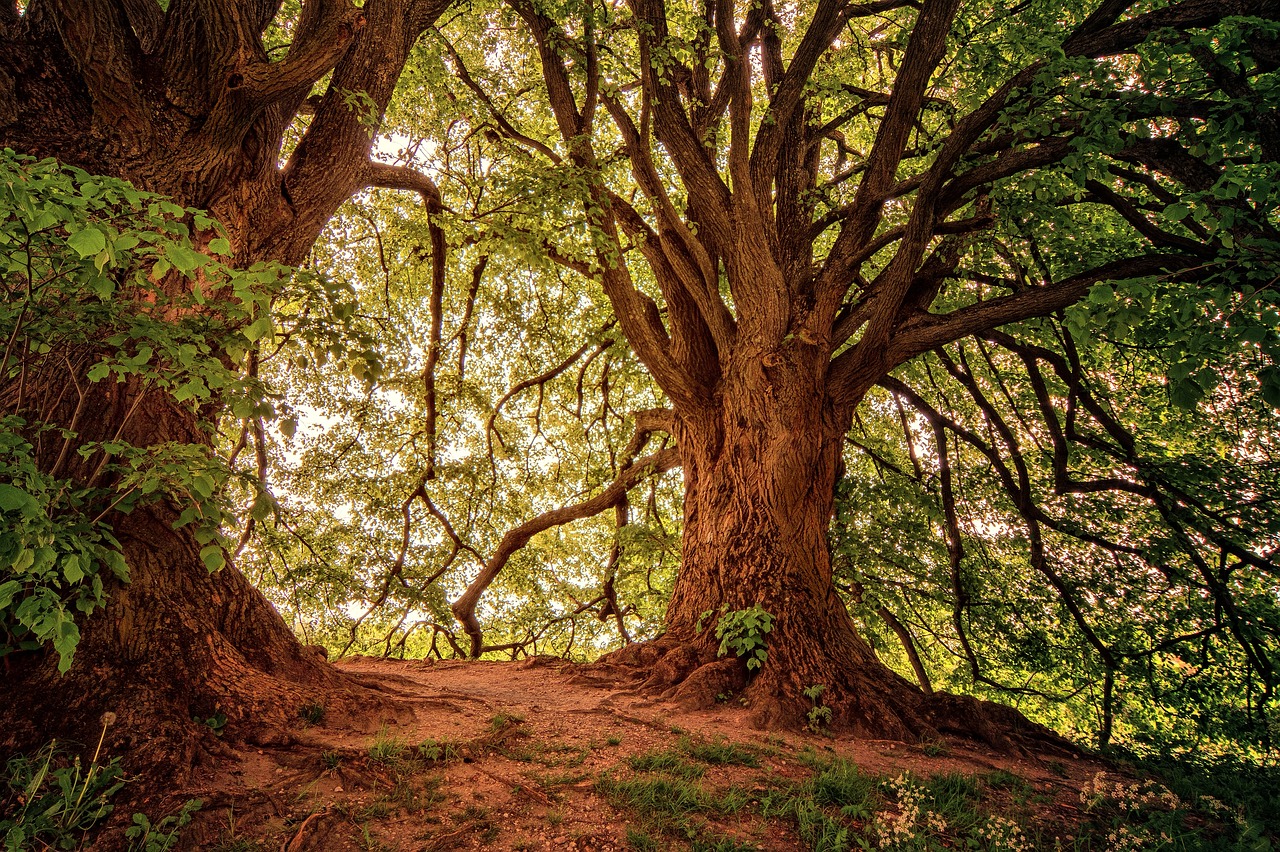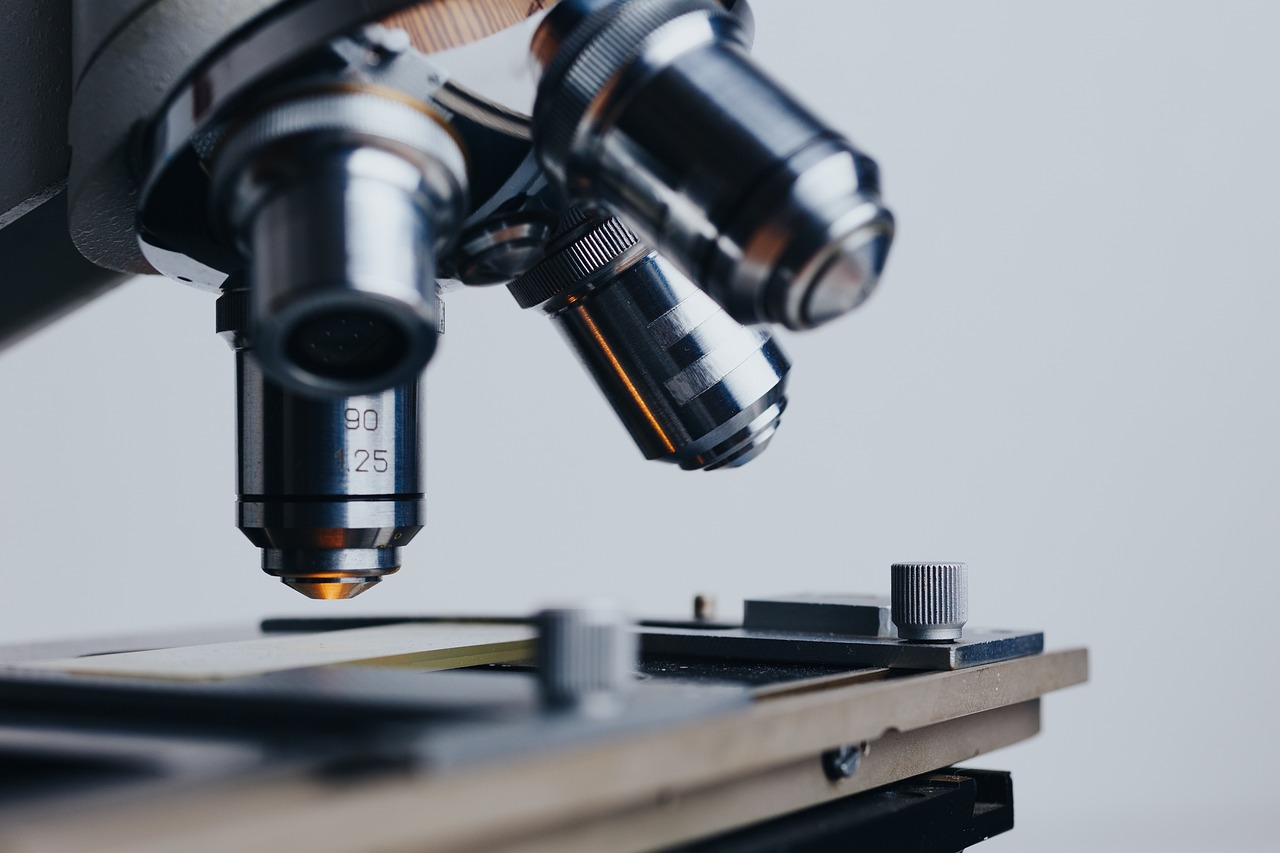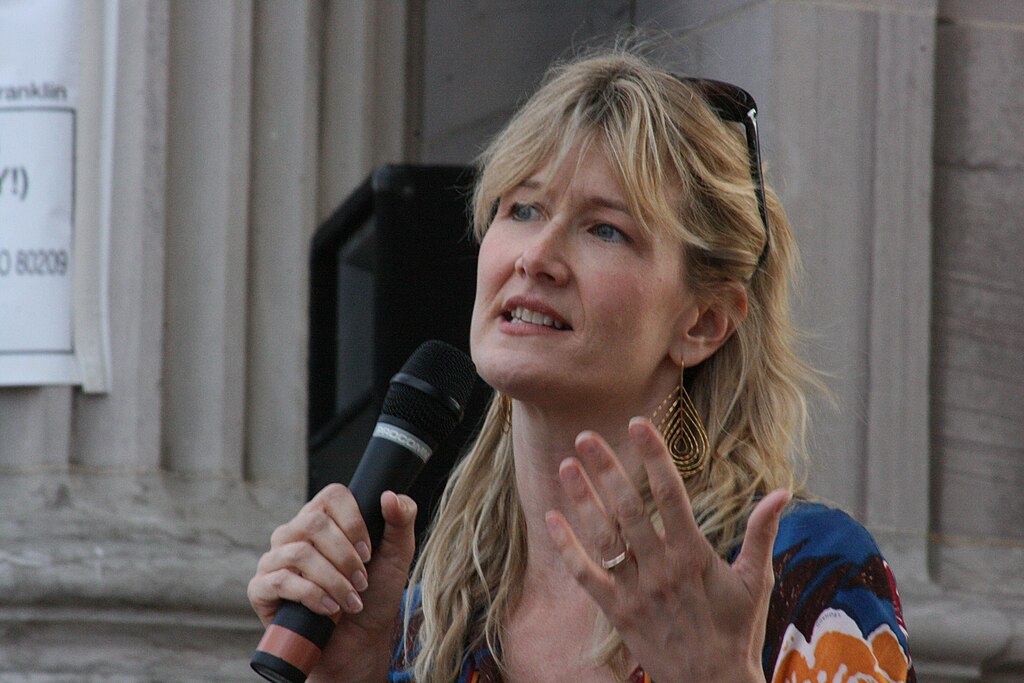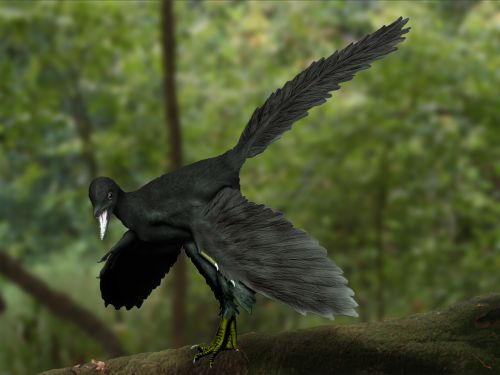When most people think of Jurassic Park, their minds immediately jump to towering T-Rex roars and razor-sharp Velociraptor claws. But there’s another hero in that legendary story who deserves equal recognition – Dr. Ellie Sattler, the brilliant paleobotanist who proved that sometimes the greatest courage comes not from facing down prehistoric predators, but from understanding the delicate balance of ancient ecosystems. Her character represents far more than just another action hero; she embodies the fascinating intersection of science, environmental stewardship, and human resilience that makes paleobotany one of the most underappreciated fields in modern science.
The Science Behind the Character
Dr. Ellie Sattler wasn’t just a fictional character thrown into a dinosaur-filled adventure for dramatic effect. Her role as a paleobotanist reflects a real and crucial scientific discipline that studies ancient plant life through fossil evidence. Paleobotanists like the fictional Sattler piece together Earth’s botanical history by examining fossilized leaves, seeds, pollen, and wood fragments that can be millions of years old.
This field requires an incredible blend of detective work and scientific rigor. Real paleobotanists must understand not only modern plant biology but also geological processes, climate patterns, and evolutionary theory. They’re the scientists who can look at a fossilized leaf and tell you what the weather was like 100 million years ago, or examine ancient pollen grains to reconstruct entire prehistoric ecosystems.
Breaking Stereotypes in Science Fiction
When Jurassic Park hit theaters in 1993, female scientists in blockbuster films were often relegated to supporting roles or portrayed as overly emotional. Ellie Sattler shattered these conventions by being both scientifically competent and emotionally intelligent. She wasn’t just there to scream at dinosaurs or provide romantic subplot – she was an expert in her field who made critical decisions based on scientific knowledge.
Her character demonstrated that being caring and nurturing doesn’t make someone weak in scientific contexts. Instead, these qualities enhanced her ability to understand complex ecological relationships. She could discuss the toxic properties of West Indian Lilac with the same authority she showed when crawling through dinosaur droppings to restore power to the park.
The Real World of Paleobotany
Modern paleobotanists work in environments that can be just as challenging as Isla Nublar, though thankfully without the carnivorous dinosaurs. They trek through remote fossil sites in places like the Burgess Shale in Canada, the Liaoning Province in China, or the Green River Formation in Wyoming. These scientists often work in extreme temperatures, difficult terrain, and isolated locations for weeks at a time.
Their discoveries have revolutionized our understanding of Earth’s history. For example, paleobotanist Dr. Nan Crystal Arens has used fossilized leaves to track ancient climate changes, while Dr. Kevin Boyce has studied how the evolution of forests changed global carbon cycles. These real-world scientists share Ellie’s dedication to understanding ancient ecosystems, even if their work doesn’t involve quite as much running from predators.
Environmental Awareness Through Ancient Eyes

One of Ellie Sattler’s most prescient qualities was her understanding of ecological balance and environmental consequences. Her concerns about the Jurassic Park ecosystem weren’t just about dinosaur behavior – they were about the complex web of relationships between plants, animals, and their environment. This perspective reflects the growing awareness in the 1990s about environmental issues and climate change.
Paleobotanists today continue this tradition by studying how ancient plant communities responded to past climate changes. Their research provides crucial insights into how modern ecosystems might react to current environmental challenges. By understanding how forests, grasslands, and other plant communities have adapted to changing conditions over millions of years, scientists can better predict and prepare for future environmental changes.
The Power of Observation and Deduction

Throughout the Jurassic Park films, Ellie demonstrates the scientific method in action through careful observation and logical deduction. When she examines the sick Triceratops, she doesn’t just guess at the cause – she systematically investigates the animal’s environment, diet, and behavior patterns. This approach mirrors how real paleobotanists work, building theories based on careful examination of evidence.
Her methodical approach to problem-solving extends beyond plant science. When the park’s systems fail, she uses her understanding of complex systems to help restore power. This interdisciplinary thinking is characteristic of many successful scientists who can apply their analytical skills across different fields.
The character’s attention to detail also reflects the painstaking nature of paleobotanical research, where a single fossilized seed or leaf fragment can provide insights into entire ancient ecosystems.
Courage in the Face of the Unknown

Ellie Sattler’s bravery isn’t just about facing down dinosaurs – it’s about her willingness to confront the unknown and ask difficult questions. She challenges the ethics of genetic engineering and ecosystem manipulation, even when facing pressure from powerful interests. This moral courage is just as important as physical bravery in both science and life.
Her character demonstrates that scientific integrity often requires standing up for what’s right, even when it’s inconvenient or dangerous. Real scientists face similar challenges when their research reveals uncomfortable truths about environmental degradation, climate change, or other pressing issues.
The Intersection of Past and Present
Paleobotany bridges the gap between ancient history and modern environmental science in ways that Ellie Sattler’s character perfectly embodies. By studying how plants evolved and adapted over millions of years, paleobotanists provide context for understanding current biodiversity and ecosystem health. This long-term perspective is crucial for making informed decisions about conservation and environmental policy.
Modern paleobotanists are increasingly involved in climate change research, using fossil evidence to understand how plants responded to past warming and cooling periods. Their work helps climate scientists validate models and predict how ecosystems might change in the future.
Inspiring a New Generation of Scientists

The impact of Ellie Sattler’s character extends far beyond entertainment. Many real paleobotanists and other scientists cite her as an inspiration for their career choices. Her portrayal showed young viewers that science could be exciting, meaningful, and accessible to women. This representation matters because it helps diversify scientific fields that have historically been male-dominated.
Universities have reported increased interest in paleobotany and related fields following the popularity of Jurassic Park. While not all of this interest can be attributed to Ellie’s character alone, her positive portrayal of scientific work certainly contributed to making these fields more appealing to potential students.
The character’s influence extends to science communication as well, demonstrating how scientific concepts can be explained in accessible ways without dumbing down the content.
The Evolution of Plant Life Through Deep Time
Real paleobotanists work with fossils that tell the story of plant evolution over hundreds of millions of years. They’ve discovered evidence of the first land plants, the development of seeds, the evolution of flowers, and the rise of grass ecosystems. This work requires the same curiosity and analytical skills that Ellie Sattler displayed when examining the Jurassic Park vegetation.
Some of the most exciting discoveries in paleobotany involve understanding how plants and animals co-evolved. For example, the relationship between flowering plants and pollinators, or how grasslands and grazing animals evolved together. These discoveries help scientists understand the complex relationships that Ellie was so concerned about in the films.
Technology and Traditional Methods
Modern paleobotanists use a combination of traditional fieldwork and cutting-edge technology, much like Ellie Sattler’s blend of hands-on investigation and scientific analysis. They employ electron microscopy to examine fossilized pollen grains, use CT scanning to peer inside fossilized fruits, and apply chemical analysis to understand ancient atmospheric conditions.
However, the foundation of paleobotanical work remains the same careful observation and deduction that Ellie demonstrated. No amount of technology can replace the need for skilled scientists who can interpret complex evidence and understand the broader implications of their findings.
Conservation Through Understanding
Ellie Sattler’s concerns about ecosystem balance reflect a growing understanding of how human activities affect natural systems. Paleobotanists contribute to conservation efforts by providing historical context for current environmental changes. They can identify which plant communities are most vulnerable to change and which have shown resilience over long time periods.
This historical perspective is crucial for conservation planning. By understanding how ecosystems have changed naturally over millions of years, scientists can better distinguish between natural variation and human-caused changes. This knowledge helps guide efforts to protect biodiversity and maintain healthy ecosystems.
The Human Element in Scientific Discovery
Perhaps most importantly, Ellie Sattler represents the human element in scientific discovery – the curiosity, persistence, and ethical responsibility that drive good science. Her character shows that scientists aren’t just cold, calculating researchers but passionate individuals who care deeply about understanding and protecting the natural world.
Her emotional investment in the outcomes of her research reflects the reality that many scientists are motivated by more than just academic curiosity. They’re driven by a desire to solve problems, protect the environment, and improve human understanding of the world. This personal connection to their work often leads to the most important discoveries and innovations.
Beyond the Screen: Real-World Impact
The influence of Ellie Sattler’s character extends beyond inspiring individual career choices. Her portrayal has contributed to broader conversations about the role of women in science, the importance of environmental stewardship, and the value of interdisciplinary thinking. These conversations have had real-world impacts on science education, policy, and public understanding of environmental issues.
Museums and educational institutions have used her character as a starting point for discussions about paleontology, botany, and environmental science. Her appeal to general audiences has helped bridge the gap between academic research and public understanding, making complex scientific concepts more accessible to broader audiences.
The character’s enduring popularity also demonstrates the public’s appetite for scientifically accurate entertainment, encouraging filmmakers and writers to create more content that celebrates scientific thinking and environmental awareness.
A Lasting Legacy

Ellie Sattler stands as more than just a memorable movie character – she represents the best qualities of scientific inquiry and environmental stewardship. Her combination of technical expertise, ethical integrity, and personal courage continues to inspire scientists and science enthusiasts decades after her first appearance. Through her fictional example, she has helped elevate the profile of paleobotany and environmental science while demonstrating that heroes come in many forms.
The real paleobotanists working today carry forward the same spirit of discovery and environmental consciousness that made Ellie such a compelling character. They continue to uncover the secrets of ancient ecosystems, providing crucial insights for understanding and protecting our modern world. In a time of increasing environmental challenges, the work of these scientists – and the inspiration provided by characters like Ellie Sattler – becomes more important than ever. What other fictional scientists have shaped your understanding of the natural world?


